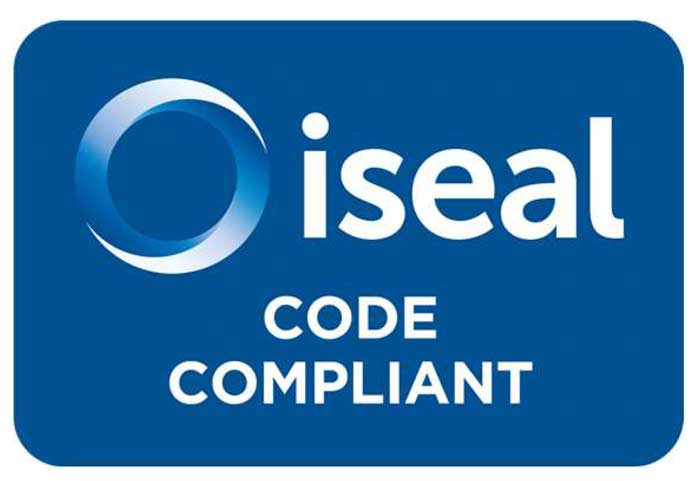Labour and Health & Safety in ASI Certification: Trends, Hotspots and the Path Ahead
Whilst many ASI Members have robust systems in place, often aligned with international standards like ISO 45001, when non-conformances (NCs) arise, they are most commonly in the areas of transparency, risk management and worker inclusion.
11 April 2025
As ASI certification continues to grow across the Aluminium value chain, audit findings are providing valuable insight into how companies are managing Labour Rights and Occupational Health and Safety (OH&S) responsibilities. One consistent theme has emerged – whilst many ASI Members have robust systems in place, often aligned with international standards like ISO 45001, when non-conformances (NCs) arise, they are most commonly in the areas of transparency, risk management and worker inclusion. These expectations are a new focus of Performance Standard V3, which ASI Members must address in a step up from V2.
This article provides insights from an assessment of NCs identified in 57 first Performance Standard V3 (2022) audits with a focus on Criteria 10 (Labour Rights) and 11 (Occupational Health and Safety). The incidence of the identified trends is indicated as a percentage of the total of 109 NCs against these two Criteria. The most commonly occurring NCs are described.
Labour Rights: Common Non-Conformances and Underlying Challenges
One of the most frequent labour-related non-conformances (18%) is the absence of a publicly disclosed Modern Slavery Statement, even where Entities have internal policies prohibiting forced labour. This signals a gap between commitment and transparency — a crucial requirement under the ASI Performance Standard. Other recurring issues (17%) include excessive overtime beyond national legal limits and the lack of one day off per seven-day period for some workers, despite systems to record hours. These issues point to structural or monitoring challenges in workload management.
In the area of workplace violence and harassment, most Entities have general commitments in place, but some (7%) still lack comprehensive policies that address critical components such as risk assessments, grievance procedures, and victim support mechanisms. These omissions highlight the importance of taking a more proactive and preventative approach to worker well-being.
OH&S: What’s Working — and What Needs Attention
For Occupational Health and Safety, nearly all Entities have implemented a management system certified to ISO 45001, which provides for a solid foundation in the effective management of risks relating to Health and Safety. Internal audits, management reviews and structured documentation are therefore typically well-established. However, several NCs (13%) indicate risk assessments failing to identify and assess all risks and hazards present on site, such as chemical hazards, subcontractor safety, and psychosocial risks including stress and mental well-being.
While most Entities track internal performance, another common issue (12%) identified by Auditors is the lack of public disclosure of leading and lagging Health and Safety indicators, while others (16%) fail to conduct comparative analysis against peer businesses or industry benchmarks. This limits the opportunity for continuous improvement and sector-wide learning.
Shared Themes and Standards Alignment
Labour and OH&S trends share a number of commonalities, particularly in their alignment with ISO 45001. This Standard’s emphasis on hazard identification, worker participation, and continual improvement is echoed in ASI’s Performance Standard. However, the Standard goes further by referencing sector-specific hazards relevant to the workplace in its Guidance and the Assurance process where it relates to labour rights, diversity and inclusion, and Health and Safety risks.
The ASI Performance Standard also places greater emphasis on transparency, such as public disclosure of Modern Slavery Statements and Health and Safety data — areas where ISO 45001 does not mandate such public-facing requirements.
Looking Ahead
ASI’s Labour Rights and Health & Safety Working Group is central to supporting progress in these areas. The group provides guidance and input on:
- ILO fundamental principles and rights at work, including working hours and overtime
- Diversity and inclusion, including gender-based considerations
- Alignment of Health and Safety Management Systems with ISO 45001
- Understanding and managing Aluminium-specific risks
This cross-cutting focus ensures that labour rights and safety are not treated as isolated compliance issues, but as integrated components of responsible business practice.
The growing body of certification data gives ASI Members an opportunity to benchmark their own systems and strengthen both compliance and impact. As ASI continues its Standards Revision process, these trends and insights will guide the development of stronger criteria and provide clearer expectations for Members. With the support of the Working Group and the wider membership community, we can move toward a sector that is not only safer, but also more inclusive, fair, and transparent.
SHARE THIS ARTICLE


